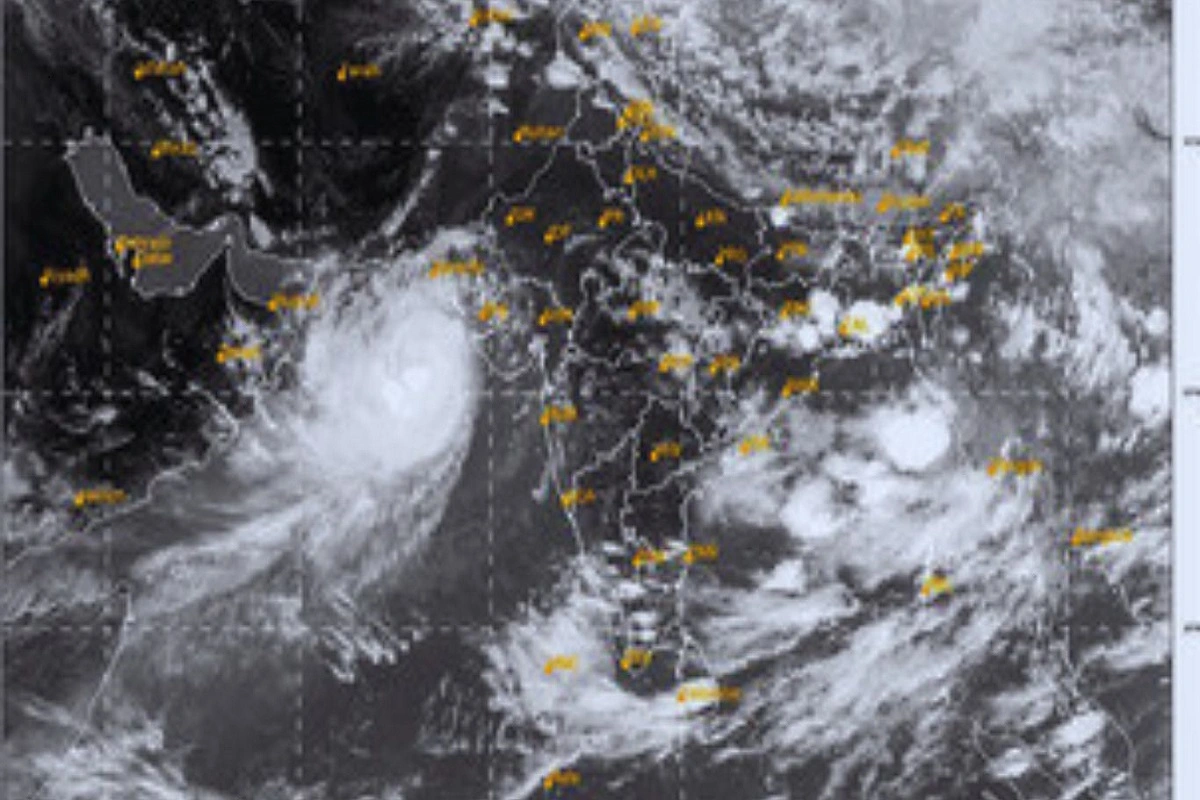
IMD: Cyclone Biparjoy Won't Have Any More Effects On The Monsoon
India Meteorological Department states that cyclone Biparjoy is now entirely cut off from the monsoonal flow and won’t have a negative effect on the advancement or performance of the rain-bearing system.
Mrutyunjay Mohapatra, the head of the IMD, said the cyclone increased the cross equatorial flow across the Arabian Sea, which helped the monsoon advance over southern sections of the peninsula.
“Now, it is completely detached from the monsoonal flow. We do not expect any largescale impact either on the monsoon advance or its performance,” he said.
Scientists had previously claimed that the cyclone took in moisture and convection, affecting the monsoon’s intensity and delaying the beginning over Kerala. After the storm degenerates, the monsoon will continue to advance across the southern regions of the peninsula, according to meteorologists.
A week later than usual, on June 8, the monsoon arrived in India with its commencement over Kerala.
According to research, a monsoon delay over Kerala (MOK) does not always correspond to a monsoon delay over northwest India.
The monsoon’s onset over Kerala, however, is typically delayed, at least over the southern states and Mumbai.
According to scientists, a postponed MOK has little effect on the nation’s seasonal rainfall totals.
Despite the developing El Nino conditions, India is anticipated to receive normal rainfall throughout the southwest monsoon season, the IMD had previously stated.
El Nino, which is characterised by the warming of the Pacific Ocean waters close to South America, is frequently linked to a weakened monsoon wind pattern and dry weather in India.
This year’s El Nino circumstances come after three straight La Nina years. Contrary to El Nino, La Nina normally produces abundant rainfall during the monsoon season.
Rainfall in the northwest of India is predicted to be average to below average. Expected rainfall amounts for the east and northeast, central, and south peninsula range from 94 to 106% of the long-term average.
Rainfall below 90% of the long-period average is referred to as “deficient,” between 90% and 95% as “below normal,” between 105% and 110% as “above normal,” and more than 100% as “excess” precipitation.
52 percent of India’s net cultivated area depends on normal rainfall, which is essential for the country’s agricultural environment. In addition to power production nationwide, it is essential for refilling reservoirs that are essential for providing drinking water.
A significant factor in India’s food security and economic stability, rainfed agriculture produces around 40% of the nation’s total food supply.
Also read: CEOs Of Top 20 American Companies To Meet Prime Minister Modi In Washington
To read more such news, download Bharat Express news apps







































